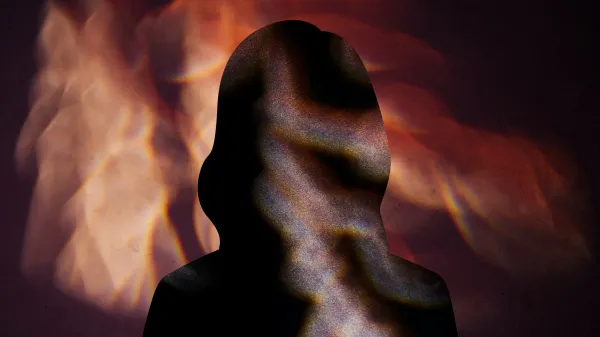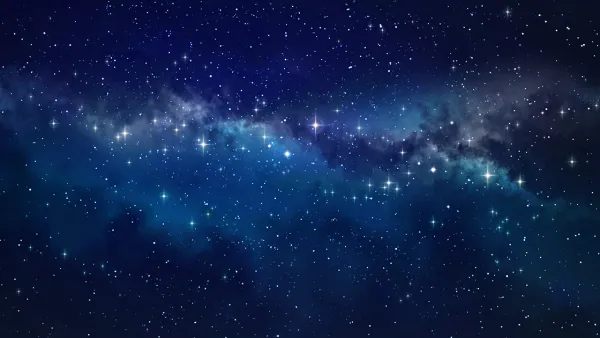adichotomy of perception
As in all of these writings, it’s been paramount to me that the truth of existence be explained as cohesive, while not just particularly “sticky”, this sort of cohesiveness comes in the description of matter, in contrast to what matter is almost not.
Space as an object
In the most general way, space can only be described as an area between edges and those edge are the matter in which we perceive. There is no escape from this object/observer duality. Objects that mix well (water and water) are as cohesive as objects that refuse to be mixed as well (oil and water). Under what we might call extreme conditions (compressions of mass) the lack of sticky properties (repulsion) falls away, and transitions to a “new” property of mater. Space is where objects fall away to, but also where objects a manifest from.
From a foundational standpoint, we can safely assume that there is always potential energy, even in absolute stillness of empty space. We can also likely assume that an object, perceptible (within some sort of measure) is the manifestation of this duality potential. Meaning objects require space in as much as space requires objects. To assume any other thing is at best pedantic, at worst utterly wrong. There is likely no actually thing as a kick off event (think: big-bang) and that creation events are infinitely contiguous transitions, without any localization being a preferred starting point and no time being the correct moment.
Light as a non-object
Light can be best described as a non object, as a definition of edges matter, it’s only through this interaction that light “enhances” matter, imbues it with context. While much of light is mostly in perceptible to the human eye, if you could imagine light in all its measurable lengths being perceptible, we would actually only know of light and nothing else. Yet, that is not the case for human perception, we only see, as a feature, the visible spectrum.
Lensing typically appears as it does, since we change the rate of the distance light travels to the object of measure. We can perceive this action as the focal point is moved and the light we perceive gets dispersed, the edging of objects become “fuzzy”. There’s nothing particularly “tricky” going on there, as we can simply witness this, as is. This is an extremely difficult calculation to process mathematically, but it doesn’t really need to be calculated to witness.
Creation
This particular bit will probably be triggering, but the expression of the descriptions here dissolve the concept of a creator, meaning an independent being that triggers all of this duality off from a location at a point in time. We generally believe in creation as in independent process, that has some moment it begins, and a moment which it ends. It best we could quite definitively describe everything we know and experience as a transition of perpetual energy to stillness and back. To invoke a local creator would in fact require a creator to create that creator and so forth, which is actually what we experience always, timeless and location-less.




